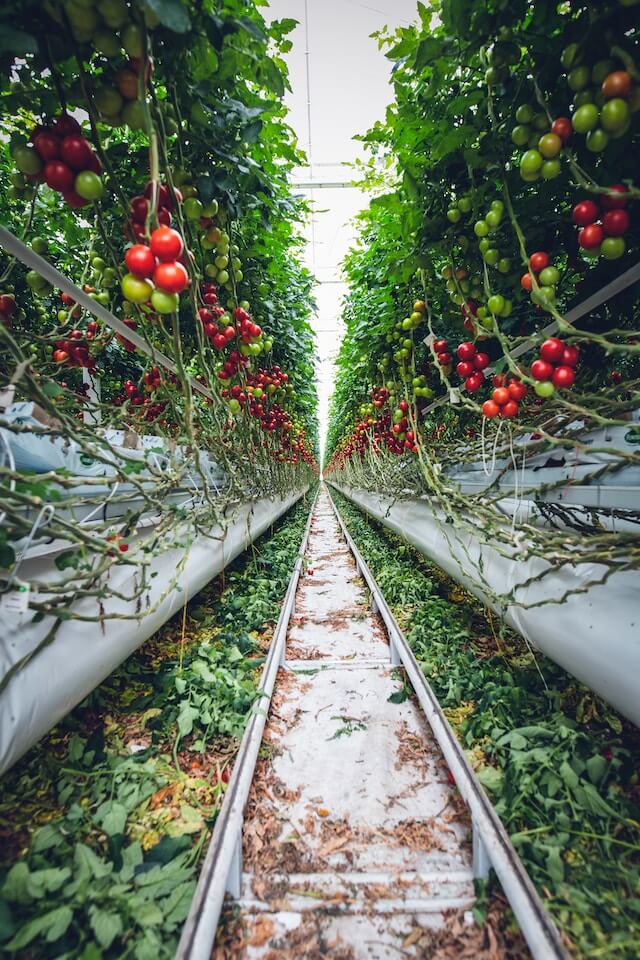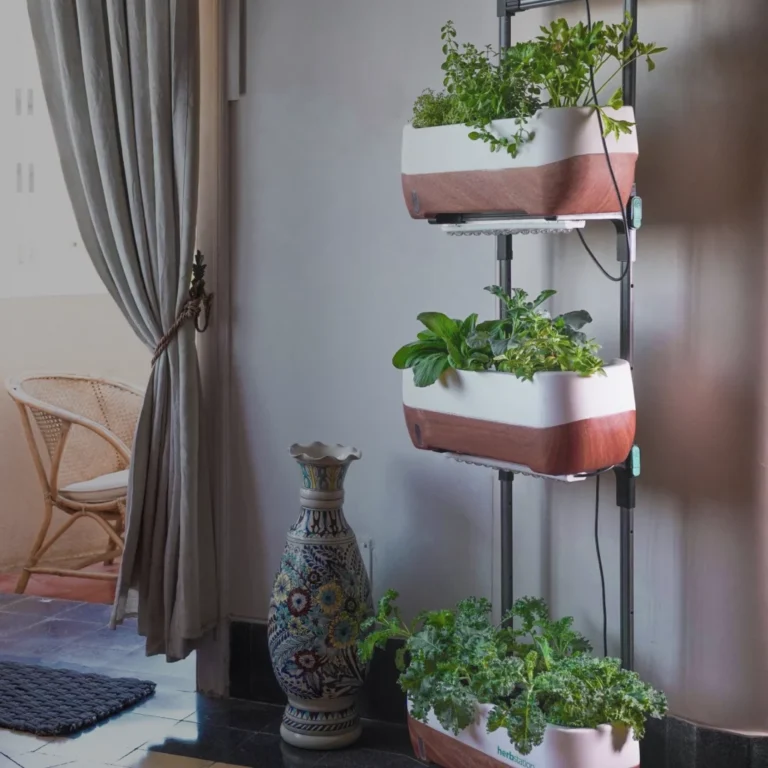
In the realm of modern gardening, an ingenious technique has taken root – vertical gardening. Regardless of the dimensions of your garden, this method offers a straightforward yet innovative approach to amplifying its potential.
Why vertical gardening
As urban spaces become increasingly compact, traditional horizontal gardens may limit your ability to grow a diverse range of plants. Vertical gardening flips the script, allowing you to grow plants upward on structures such as trellises, towers, or walls. This method not only maximizes your growing space but also offers a unique aesthetic appeal and easier maintenance.
The benefits of vertical farming
Vertical gardening is not just a space-saving solution. It also offers benefits like better air circulation for plants, easier harvesting, and a unique aesthetic appeal for your garden. By growing vertically, you can enjoy a wider variety of plants and healthier yields in the same footprint as a traditional garden.

Choosing suitable plants for vertical gardening
This step is all about selecting the right plants for your vertical garden. Ideal candidates are those that naturally climb or can be easily trained to grow upward, such as tomatoes, peas, beans, and cucumbers. Other plants like herbs, strawberries, and a variety of flowers can also thrive in vertical garden setups when provided with suitable containers.
Choosing the right structure
Once you’ve selected your plants, you’ll need to consider the structure to support their growth. This could range from simple structures like trellises and stakes for climbers, to wall-mounted containers or pallets for smaller plants. Ensure that the chosen structure is sturdy enough to support the weight of the plants and is easy to access for maintenance and harvesting.

How to set up your vertical garden
Now, it’s time to set up your vertical garden. Position your structure in a location that provides the appropriate light conditions for your chosen plants. Attach your plants to the structure as needed, ensuring they have sufficient space to grow and spread. For container-based vertical gardens, arrange your plants thoughtfully, placing those with similar water and light needs together.
Maintaining your vertical garden
The final step is to maintain your vertical garden. This includes regular watering, feeding, pruning, and pest management. One advantage of vertical gardening is that plants are more accessible, making these tasks easier. Also, because plants are off the ground, they are less susceptible to certain pests and diseases.
We hope you feel inspired to experiment with this space-saving method. With a few structures, the right plants, and a little care, you can expand your garden’s capacity dramatically. Vertical gardening is not only practical but also offers a new perspective on gardening. It enables you to maximize your green space and enjoy a plentiful harvest, no matter the size of your garden. So, gear up and let your garden grow skyward!
